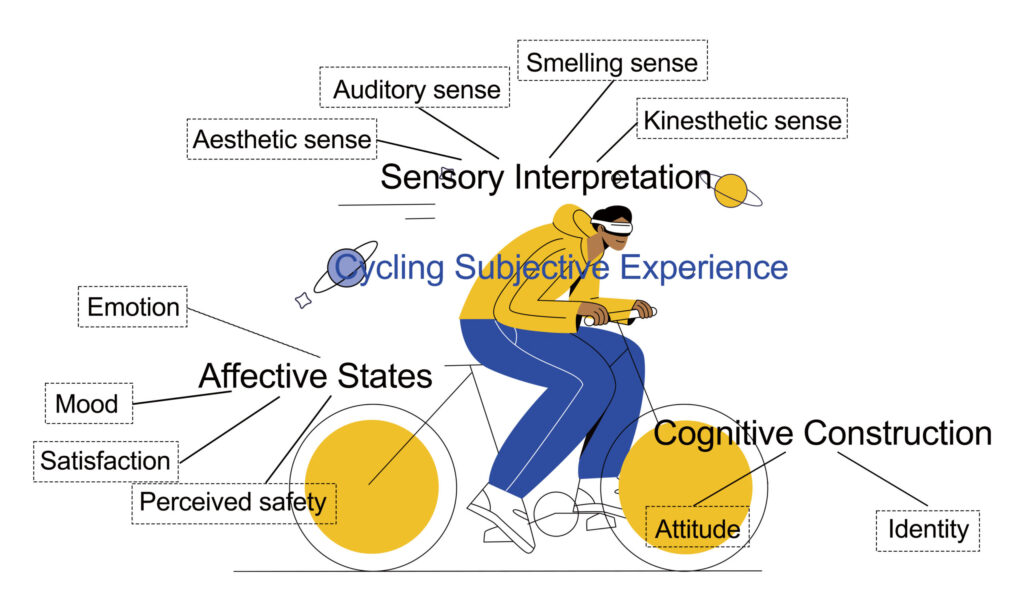(3-minute read)
What are best practices?
Best practices are a bedrock of urban planning and transportation consultancies and advising agencies. They are touted as effective and implementable solutions that can be taken off the shelf. Despite their prevalence and influence, little is known about how certain policies become crowned as best practices. That’s the question we explore in our recently published paper (open access).
Past and present of best practice
The term ‘best practice’ was first used by businesses in the 1960s to increase their competitive edge, streamline processes, and encourage innovation. Now the term is routinely found in policy-making circles, with practitioners, advocates, decision-makers alike, referencing, sharing, and promoting successful examples.
The thinking goes: cities and regions are unique, but the challenges they face are similar – and so are the solutions. Best practices are attractive because you don’t need to reinvent the wheel.
Critics point out: what is good in one place is not necessarily good in another. The best practice label often hides the factors that enabled the policy’s success, as well as the difficulties. They are not simply tools to copy-and-paste policies. They can also frame debates and narratives; they can show decision makers what is possible.
What we did
We interviewed members of the EU project CYCLEWALK (2017-2021). As part of this project, members identified initiatives that they considered to be best practices from within the seven participating regions. We asked how were these decisions taken and identified the justifications that made certain policies ‘best’.
What we found
Evidence of success is too a narrow lens from which best practices are justified. Although evidence was cited in our interviews, other justifications frequently came up:
- Interventions that were sources of pride, or were visually spectacular, were felt to be applicable and helped present regions in a positive light.
- The uniqueness of policies was also considered as criteria for it to be a best practice. For example, if a policy is found in many regions, some felt it could not realistically be considered a best practice.
- The transferability and the “fit” of the policy – if the policy could be applied in their region – was also considered
- The process of selecting best practices also had its own learning benefits:
- When discussing best practices, participants learned about new interventions and successes in their region.
- The processes enabled positive stakeholder discussions on what was going well within their region.
- The task of collecting information to justify a best practice revealed organisational blind-spots on monitoring, which were then addressed.
What does this mean for best practice policy-making?
Best practices frame what futures are desirable and shape the planned environment. At the same time, best practices give a voice to standards and legitimise prescriptive solutions. An over-reliance on best practices restricts out-of-the-box thinking.
If best practices are used as learning tools, not strictly templates for replication, we must consider what types of engagement can best enable collective learning. To capitalise on benefits, EU projects could provide guidance on how project activities can facilitate learning, through group discussion, stakeholder engagement, and cross-organisational research.
The current focus on outcomes of implementing best practice is short-sighted. We need to take a step back and question the ‘answers are already out there’ logic. Best practices might be reinforcing a status-quo that is detrimental to properly addressing crucial and complex planning issues.
Perhaps we should be asking: Are best practices the right way to address urgent challenges?
Please click here to our open-access paper
To cite this paper: Blake, O., Glaser, M., Bertolini, L., & te Brömmelstroet, M. (2020) How policies become best practices: a case study of best practice making in an EU knowledge sharing project, European Planning Studies, DOI: 10.1080/09654313.2020.1840523
For inquiries about this research or the CYCLEWALK project, please contact Meredith Glaser ([email protected]).



